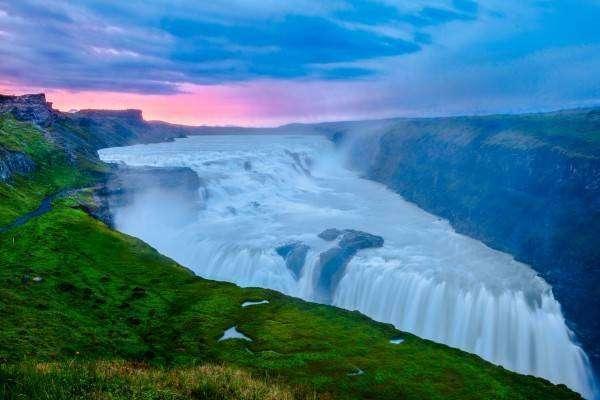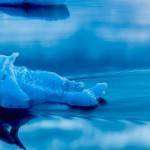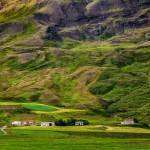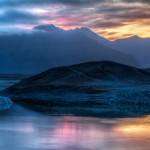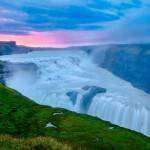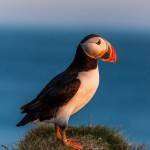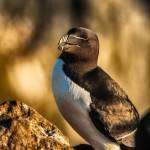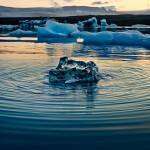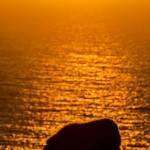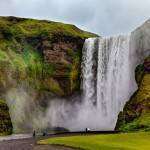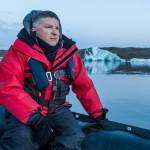Description
An exclusive opportunity to explore Iceland and be immersed in the natural beauty of this fascinating and unique island, on this 13-day stunning landscape photography tour and workshop with renowned landscape photographer and teacher, Glenn Guy.
Hosted and photography instruction by Glenn Guy. MA (Photography). Accompanied by experienced local tour leader.
ABOUT GLENN GUY
Glenn Guy is a photographer and educator with over 35 years’ industry experience. He is the primary author and publisher of the Travel Photography Guru website and blog, a site dedicated to sharing the beauty of the world and it’s people with an ever-larger audience.
Glenn’s diverse career includes wedding/portrait, publishing, film stills and 8 years at Kodak, including technical specialist and product management roles. He obtained a Master of Arts (Photography) at RMIT University in Melbourne and has lectured extensively at short course and tertiary level.
Glenn is an experienced workshop leader and tutor.
A traveller since 1988, Glenn has undertaken photography expeditions to 6 continents.


